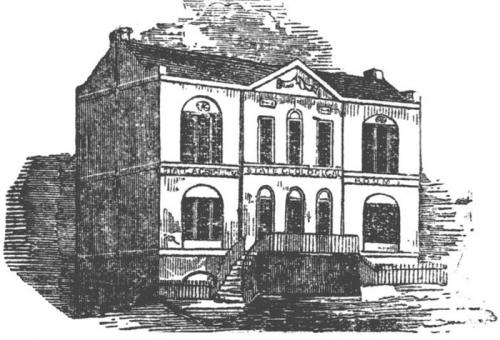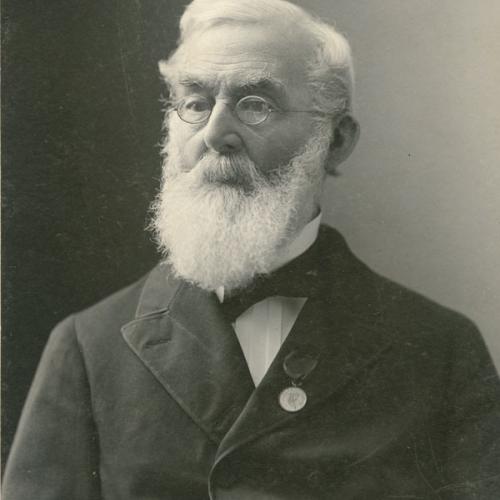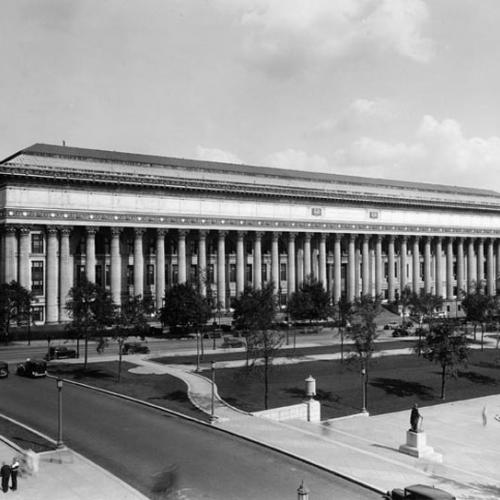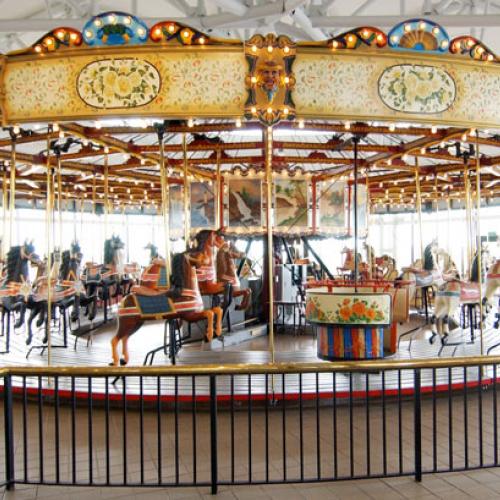Our history of inquiry, discovery, and education began in 1836 when we were established as the New York State Geological and Natural History Survey. Over the years, we have grown into a major research and educational institution dedicated to preserving New York's rich artistic, social, historical, and environmental legacies under the leadership of the New York State Education Department.
On April 15, 1836, Governor William Marcy appointed the staff of the state's first official Geological and Natural History Survey to conduct “a grand and comprehensive collection of the natural productions of the State of New York to exhibit under one roof its animal, mineral and vegetable wealth”. With that appointment, the story of the State Museum officially began.
Crates and barrels of fossils, rocks, and mineral specimens collected during the Survey eventually filled three rooms in Old State Hall. In an effort to end confusion over the status of the collections which sat unstudied and disorganized for seven years, the Legislature created the “State Cabinet of Natural History” in 1843. In 1845, the Legislature placed the Cabinet under the guidance of the Board of Regents. That year, the Cabinet opened its doors to the public.







